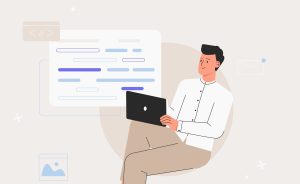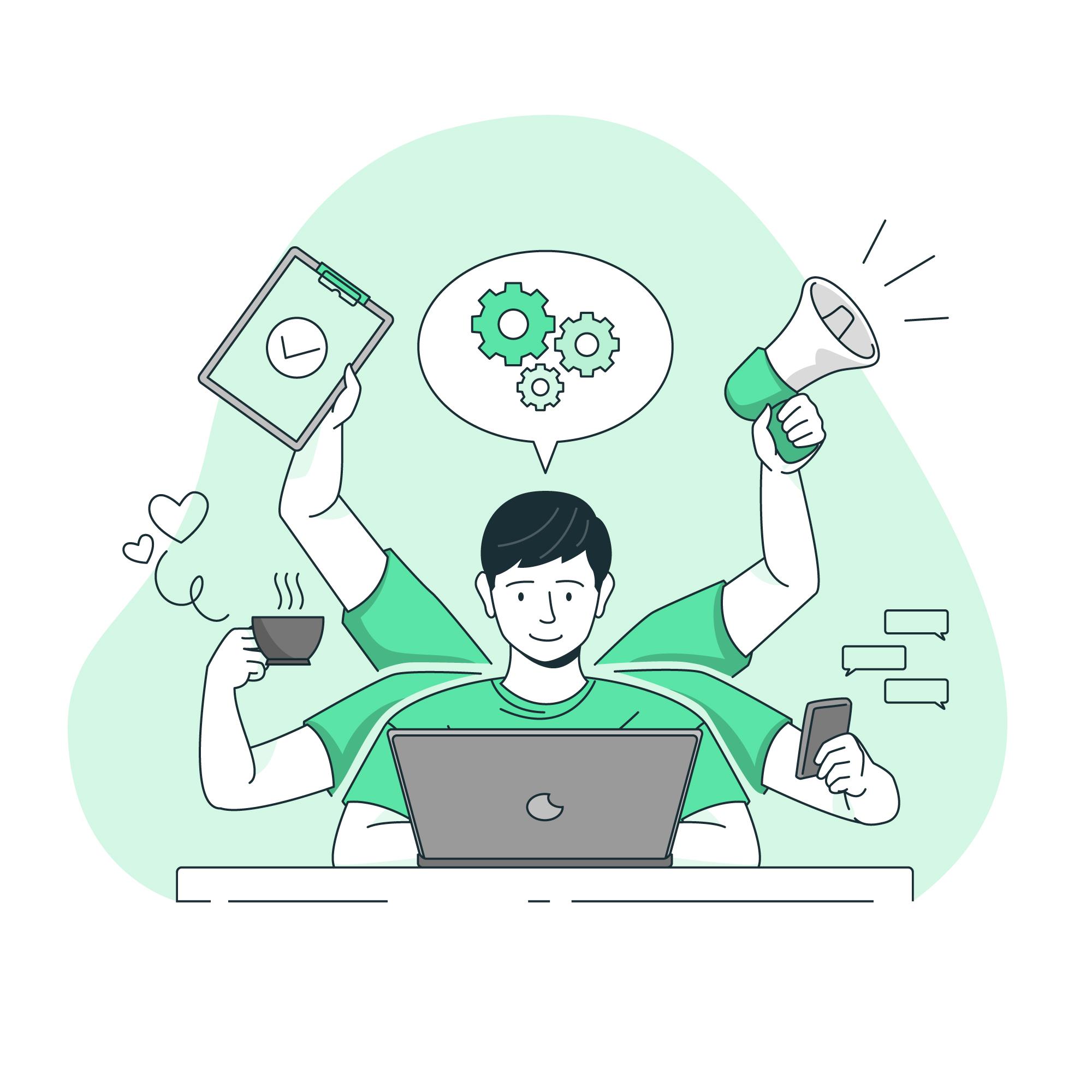In this second instalment on small business marketing automation, I’ll be sharing what I do (and what many of my clients do) for their own marketing automation. This article, I’ll be focussing on how I automate the lead conversion process.
So where do my leads come from? It varies month to month, but usually a combination of different platforms. We get leads from Facebook and Google Ads, cold email campaigns, LinkedIn activity, content (i.e. blog articles like this!), lead magnets, organic search, social media and referrals.
My goal with every lead is to maximise the opportunity for conversion, and that’s where my marketing and customer experience automation comes in.
It’s a combination of completely automated processes, combined with some personalisation to create the best first impression even before I have the initial call with a new lead.
I also need to get the lead into all of my systems, to make sure that it’s a smooth process to get a proposal over to them and start working with them as soon as possible.
Step One – Booking a call
Everything starts when the new lead makes a call booking. I have a landing page on my website, which is the start of all of my automations. I use Calendly to automate the process, so the call just drops into my calendar. That way, we avoid the inevitable to-and-fro of organising a call time (especially with time zone differences!).
The moment the call booking is made, a series of automations is triggered.
Step Two – Before the call
First, I get a Slack notification that the call has been booked. This just gives me a quick heads up of who I’m talking to and when. Plus, every Slack message is a little bit of reinforcement that the marketing machine is working!
The new lead is added as a contact in ActiveCampaign. This adds the lead to my email list, and enters them into an automation that sends them a quick email to confirm, and lets them know how to prepare for the Automation Strategy Call.
It also creates a deal in ActiveCampaign, which I use to track new prospects, proposals, and sales.
I want to know as much as possible about my new lead, without spending hours on research, so I use an automation with Clearbit to get ‘enriched’ data about that person and their company. This gives me simple information like their website, their title, the size of their company, and even their physical address (which I need later on when they become a client). This snapshot is usually all I need to do some quick research before the call, so I’m not going in cold.
Then, they’re automatically added to my proposal app, Nusii. That way, when it comes time to send them a proposal, I don’t have to enter their details.
The last step is a combination of automation and the human touch, and has dramatically reduced my call no-shows. Using a direct integration with ActiveCampaign, I create a Bonjoro task to send a video to my new lead. This is a fully individualised video, direct to that person, that I record before each and every call.
In the recording, I simply let them know that I’m looking forward to the call, and briefly mention the main points we’ll cover. It only takes around 30-60 seconds to make the video, but adds a personal connection that makes it much more likely that the lead will be there for the call.
Step Three – The Call and Proposal
The most important part is probably the easiest, because everything leading to this moment has been automated. I can just focus on connecting with the person I’m talking to, and giving them the most value possible in the time we have.
I do the call through Zoom (which is integrated with Calendly), and I make notes of key points during the call in contact custom fields within ActiveCampaign.
If we’re a fit, it’s time to send a proposal. Because the new client will already be in Nusii, all I have to do is select a template, make any quick adjustments, and email the fully personalised proposal. From there, the deal in ActiveCampaign is updated to a new stage called ‘Proposal’.
Usually, for a highly engaged lead, the proposal is accepted almost immediately. If not, there’s an automated follow up process, including emails, a Bonjoro video, and tasks within ActiveCampaign.
When a proposal is accepted, the payment is made automatically using Stripe, and the new client enters the customer experience process.
Step Four – New Customer Experience
First impressions last, and I want the new client’s first impression to be awesome. When a proposal is accepted, the client receives a welcome email to invite them to an onboarding call, and to give them details to access their portal (which is used to order and manage automation projects).
At the same time, an automation runs a request to Cardly to send a ‘handwritten’ card to the client’s mailing address (which we’ve found using that earlier Clearbit step). This is often a big surprise, because our clients don’t necessarily expect an automation company to send something physical to them.
After the onboarding call, the marketing loop is closed, and we start working with the client.
How I do marketing at Agility Automation has gone through probably a hundred iterations, and will likely look different in 3 months time, and different again in a year.
The great thing about using simple, automated systems is that they can be changed easily, on the fly, to suit current needs.
You don’t have to do everything we do – just swipe what you need, and do what works for you.
If you’re stuck on how to build your small business marketing automation, book a free strategy call with me and my team to brainstorm some ideas, and come up with a solid plan for your own marketing automation.





